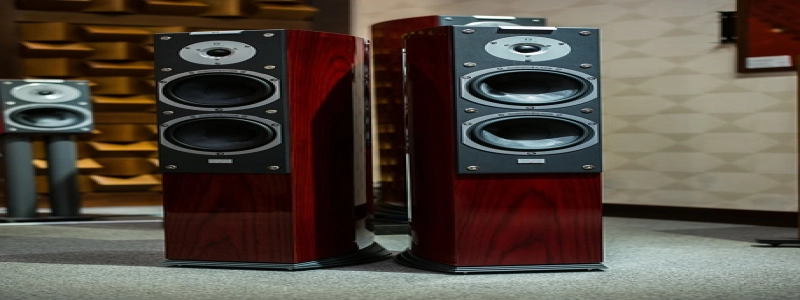SFP Network Card
Introduction
The SFP network card, also known as Small Form-Factor Pluggable network card, is a highly versatile and widely used networking component. This article will provide an in-depth explanation of what an SFP network card is and how it functions.
Overview
An SFP network card is a hot-pluggable input/output device that is used to connect a computer or network device to a fiber optic or copper cable. It is compatible with a wide range of network switches, routers, and data communication devices, making it a popular choice in networking applications.
Features and Benefits
The SFP network card offers numerous features and benefits that make it an essential component in modern networking systems. Some of its key features include:
1. Hot-Pluggable: The SFP card can be installed or removed from a device without the need to power down or reboot the system. This makes it incredibly convenient for network administrators to upgrade or replace network interfaces without causing any disruption.
2. Modular Design: The SFP card’s small form factor allows for a high density of interfaces in a limited amount of physical space. This modular design enables network engineers to maximize the utilization of network equipment and optimize their network infrastructure.
3. High-Speed Connectivity: SFP network cards support a wide range of data rates, ranging from 100 Mbps to 10 Gbps and beyond. This high-speed connectivity ensures fast and reliable data transmission, making it ideal for bandwidth-intensive applications such as video streaming and large-scale data transfer.
4. Flexibility: The SFP network card is compatible with both single-mode and multi-mode fiber optics, as well as various types of copper cables. This flexibility allows network administrators to adopt different connectivity options based on their specific requirements and infrastructure.
Installation and Configuration
Installing an SFP network card is a straightforward process. It involves inserting the card into an SFP slot on a compatible device and securing it in place. Once the card is installed, it can be easily configured using the device’s management interface or software.
Applications
SFP network cards find extensive usage in various networking applications, including:
1. Data Centers: SFP cards are widely deployed in data centers to connect servers and storage devices to the network infrastructure. Their hot-pluggable nature and high data rates make them indispensable in these high-performance environments.
2. Telecommunication Networks: SFP network cards are used in telecommunications networks to connect switches, routers, and other network devices over long distances. Their compatibility with fiber optic cables enables seamless connectivity over vast geographical areas.
3. Enterprise Networks: In corporate environments, SFP cards are utilized to establish connections between different departments, floors, or buildings. Their flexibility and scalability make them ideal for expanding and upgrading network infrastructures as needed.
Conclusion
In conclusion, the SFP network card is a versatile and essential component in modern networking systems. Its small form factor, high-speed connectivity, and hot-pluggable nature make it a preferred choice for various applications. By understanding its features, benefits, installation, and applications, network administrators can make informed decisions in implementing SFP network cards in their infrastructure.







